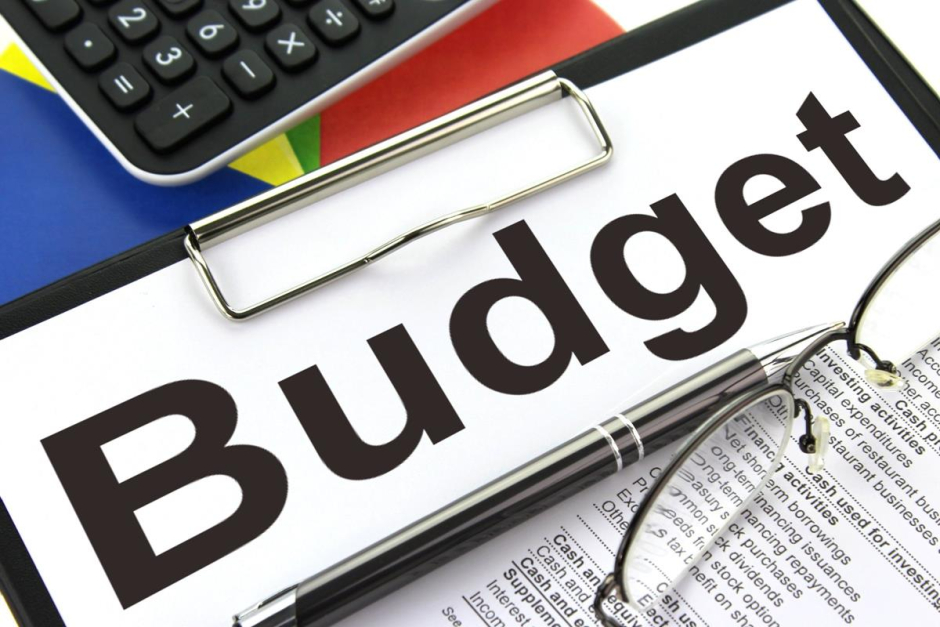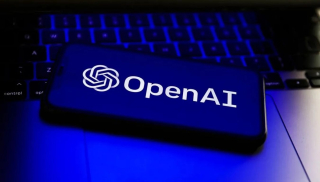The date has finally arrived, and later today, an official announcement regarding the Pakistan’s federal budget for the year 2017/18 is about to come. The official source has shared that the top priority of the government is the public’s well-being and that the country’s budget announcement will follow the latest traditions just like it did for the past three years. The ministries and departments that are involved in the events related to the budget have all been working on preparing it in very close coordination.
Their only goal currently is to show the masses that the economic growth is sustainable and that the future of the country is well thought through. However, as everyone’s waiting for the Finance Minister, Ishaq Dar, to present this year’s Federal Budget, let’s try to discover what’s behind the numbers by ourselves.
Agriculture and Industrial sector
When it comes to organizing a budget, it’s obvious that some sectors will have a higher priority than others. By long tradition, the agriculture sector and people that live in areas that can be described as rural, have gotten the favors of the PPP. On the other hand, more regimes that could be described as more dictatorial, together with PML-N, usually prefer the industrial sector that’s mostly connected to the urban areas of a country.
It’s estimated that the subsidies of the outgoing budget will be around Rs141 billion. The Large share of this subsidy will be spent on the industrial sector, while the agriculture sector will only receive meager support.
Education Issue – Tertiary and Primary
In order to make a difference here, primary education refers to the primary schools of the public sector, while tertiary education is a term related to colleges and universities of the public sector.
According to the budget, it’s expected that primary education will only receive an estimated Rs 8 billion. On the contrary, the tertiary education is expected to receive Rs 66 billion.
The difference here is more than obvious, and the main issue revolves around the reduced absorption capacity that’s found at the primary level. Because of this, the government has decided to focus more on the tertiary education, despite the fact the country is in much greater need in the primary education. Many believe that giving more funds to the primary education would be one of the smartest investments when it comes to the country’s future.
The Issue of Resources and Expenditure
As you may already know, resources refer to how much money has the government already gathered during one financial year, as well as in what way. Expenditure, on the other hand, is how much of that money will be spent, including what would it be spent on. During the last financial year (2016/2017), the government has managed to gather around Rs4,442 billion, and that includes both internal and external resources.
Now, if we take into the equation the fact that the expenditure was Rs4,895 billion, we are starting to realize the problem.
As we can see already, resources and expenditure don’t exactly add up at this point, and many believe that the decisions on what to spend the money alone are quite debatable. There’s also an issue of the potential deficit since the one from 2016/17 was around Rs453 billion, which is a large sum, and most of it is covered by borrowing from the banks.
So, according to this, we can see that the main problem with the budget is that the resources are getting overestimated, while the expenditure is underestimated, which leads to debt.
More about the expenditure
When we talk about expenditure, we talk about two things – the recurring, or current expenditure, and the development expenditure. The first one is a related to the issue of how much of the funds can be spent on the things like rentals, operating expenses of industries from the public sector, also on salaries, office requirements, and payments related to interests on loans.
On the other hand, development expenditure mostly includes the amount spent on new and ongoing projects. It can include anything from health units and schools to things like dams and roads, and pretty much anything like this, as long as it’s ‘life’ is longer than one year. As per official sources, it’s estimated that the development expenditure will receive around Rs3,844 billion, while, the current expenditure will barely receive Rs1,051 billion. As you can obviously tell by yourself, the biggest problem is the difference between the two, since one is overestimated, while the other is underestimated.
The issue regarding the taxes
Let’s talk about taxes now. For the sake of explaining the issue, as well as seeing the difference between the two different kinds, we’ll talk about direct and indirect taxes.
Direct taxes are those that go straight to the government, and they’re mostly used for income redistribution. Only a few members of people with a certain level of income in society have to pay. These taxes are estimated at around Rs1,558 billion.
On the other hand, we have the indirect taxes. These are mostly the taxes that are being paid to the merchants and sellers, and they’re being used for federal excise, sales tax, as well as customs duties. Basically, these taxes go to second parties, and it’s only from there do they find their way back to the government. The indirect taxes are estimated at Rs2,063 billion.
Which means that, just like in the previous entry, we once again have an overestimation of one branch, while the other ends up being completely underestimated, which is the biggest issue regarding the taxes in the outgoing budget.
Debt servicing – domestic and foreign debt
Next thing is the debt, and here we will see the difference between the domestic debt servicing, and the foreign debt servicing. Domestic debt is the one where the interest is paid on the money that the government has borrowed it from the very people it governs, and in the budget, the domestic debt is estimated at Rs 1,247 billion.
On the other hand, we also have a foreign debt, and that implies that the interest is being paid to the external sources since they are the ones from which the government has borrowed. These may include IMF, the World Bank, and similar institutions. Foreign debt is estimated at Rs 113 billion.
Naturally, you’d expect that the foreign debt is the main problem here. However, it’s not. In Pakistan, the bigger issue is the domestic debt itself, since it has a much bigger interest than the one that’s supposed to be paid to the foreign sources.
Micro and Megaprojects
The difference between these two is that micro projects include rural roads, or small dams at best, mostly don’t get much public attention, they’re not suitable for showing off. On the other hand, mega projects like large dams, and highways receive tons of attention from both, media and the public. This makes it government’s favorite, and much more money goes to planning and starting such projects.
Of course, the issue here is easy to spot as well. Mega projects can’t be as easily inspected and criticized by the public, and that makes it prone to corruption, which mostly involves numerous kickbacks. Micro projects, on the other hand, are much more easily managed when it comes to the involvement of the people.
From these analyses, it’s not easy being optimistic about the coming budget. Many agree that not that much of out-of-the-box thinking has gone into planning the budget, and the more likely explanation is that the aim was to balance out the account books. That’s mostly why no one expects any real move when it comes to Pakistan being self-reliant and being able to sustain itself with its own money.
It’s expected that things will go up for a while, the salaries and pensions will be raised, but only so that the government could ensure the votes of the poor when the time comes. After that, the country will be back to borrowing from banks, further burdening the economy.












